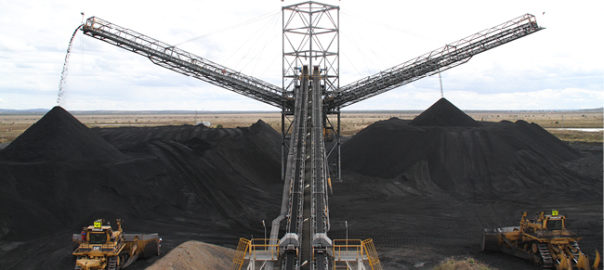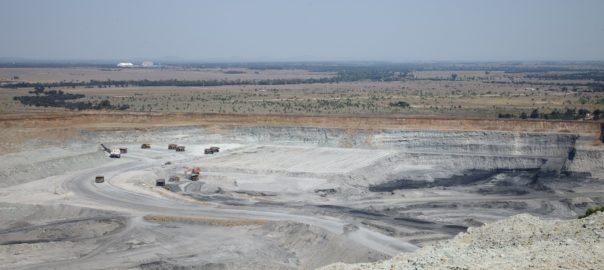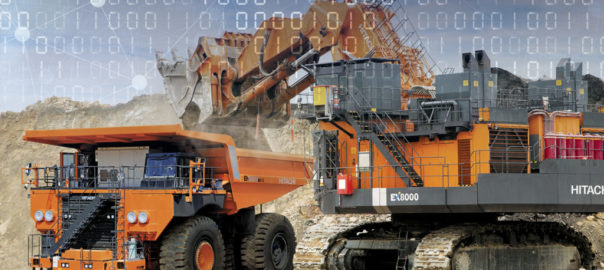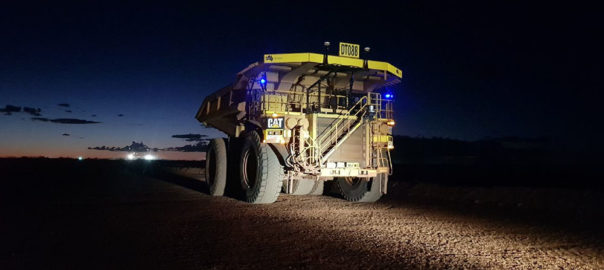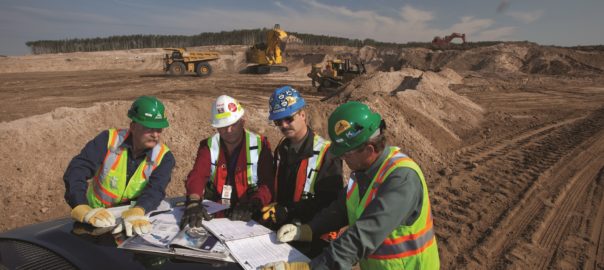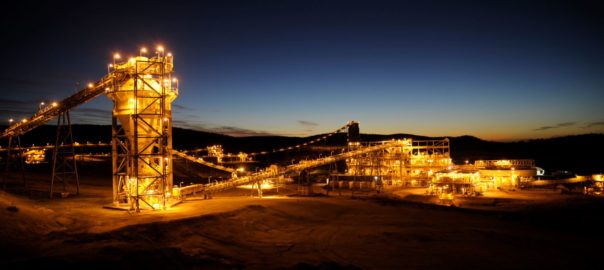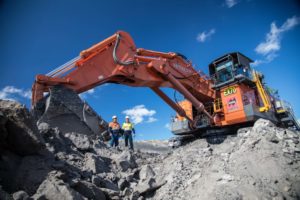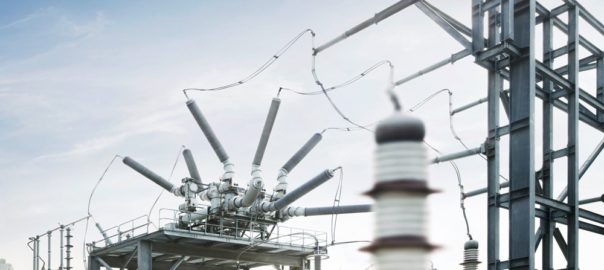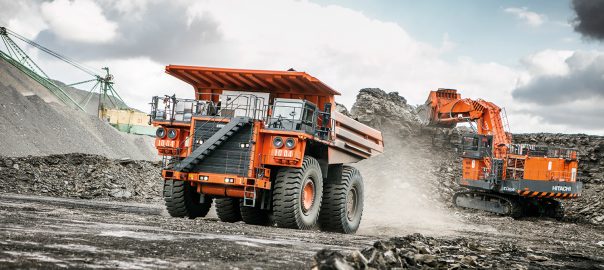NRW Holdings’ wholly-owned subsidiary, Golding Contractors, has reached agreement with Stanmore Coal to increase overburden removal capacity at its Isaac Plains East mine in Queensland, Australia, with the addition of a third truck and excavator fleet.
During 2019, the mine has continued to increase production and the new contract mine plan is seeking to sustain current coal production volumes of around 3 Mt/y of run of mine (ROM) material.
The third fleet will commence operations in August, with Golding supplying an additional Hitachi EX3600 excavator, five EH3500 Hitachi trucks and the remainder of the ancillary fleet, the majority of which will be mobilised from NRW’s Middlemount project, NRW said, adding that the five EH3500 trucks will be replaced by 5 EH4000 Hitachi trucks as they become available from the Middlemount project.
Stanmore Coal has also entered into binding agreements to acquire a 600-t Caterpillar 6060 excavator for the Isaac Plains East mine from Cat dealer Hasting Deering. This will be commissioned later in the year, NRW said, with Golding operating and maintaining the machine. It will either move prime overburden in front of the dragline or overburden in dedicated excavator and truck pits uncovering coal, according to Stanmore Coal.
Stanmore said: “Once the environmental approvals are granted for the Isaac Downs project, it is planned that the excavator will transfer to Isaac Downs to commence the box-cut operation to establish the mine. Operations at Isaac Plains East will continue in parallel with the development of the Isaac Downs project.”
The total investment is expected to be A$13 million, which includes additional workshop facilities and associated equipment expenditure at Isaac Plains to support efficient maintenance practices, the company said.
The value of the increase in scope of the contract adds approximately A$450 million ($315 million) to the existing five-year contract Stanmore and Golding have in place, NRW said. The total contract sum is estimated to be around A$950 million at the current mine production levels.
NRW CEO and Managing Director, Jules Pemberton, said: “This amendment is built on the back of a productive relationship and a positive transition for both Stanmore and Golding to the Isaac Plains East operations. We expect our capital commitment to be very low at around A$10 million as we are able to utilise fleet secured through an agreed early release from the Middlemount Coal contract.
“The Middlemount contract is not formally due for completion until the end of the 2020 financial year, however we will be able to release certain fleet prior to that date and some fleet will also likely remain on site beyond the formal contract end date. As the Middlemount project is a maintained dry hire contract, the release of our fleet will enable us to re commit these assets to existing and new full-service contract mining opportunities in line with our mining divisions delivery model.”
Consultant Measured Group updated the Isaac Plains reserve in August 2018 with current estimates supporting over 10 years of open-pit mining at planned mining rates of 1.2-1.8 Mt/y of product coal. Total open-pit reserves as at August 2018 were 14.9 Mt (run of mine).
The contract amendment is tied to Stanmore Coal’s decision to defer the Isaac Plains Underground project and prioritise its Isaac Downs project, which has higher margin ROM coal to feed the coal handling preparation plant, Stanmore Coal says.
Stanmore Coal said the Isaac Plains Underground bankable feasibility study had been completed and confirmed a positive business case for the new underground mine with potential production ramping up to an average of 1.2 Mt/y of saleable coal from year two of the production plan.
“The quantum of product tonnes forecast for the underground combined with the open-cut sources exceeds the current CHPP and contracted port capacity. Stanmore Coal is prioritising its highest margin ROM coal at Isaac Plains East and Isaac Downs project, to maximise returns to shareholders. Accordingly, the Isaac Plains Underground project will be deferred until additional port and CHPP capacity are secured or until mining at the Isaac Downs project is largely complete, subject to prevailing business conditions.”







